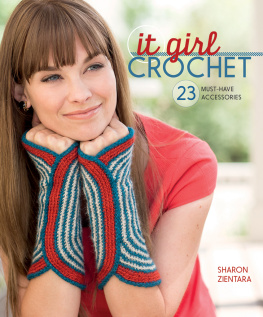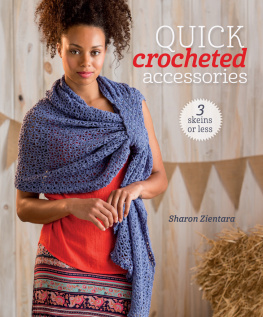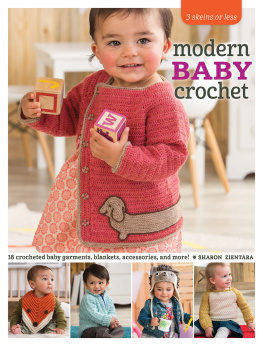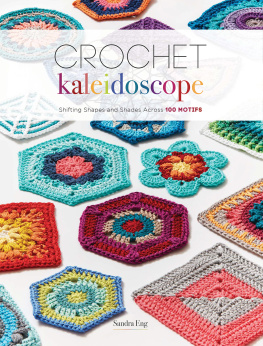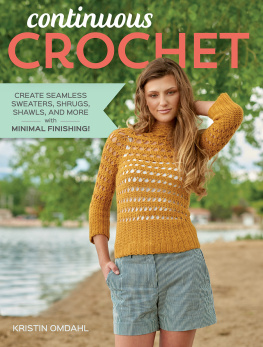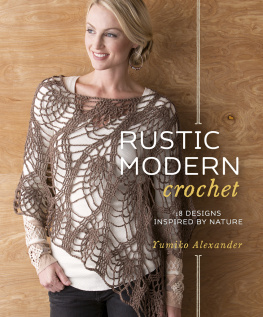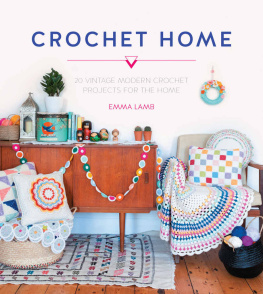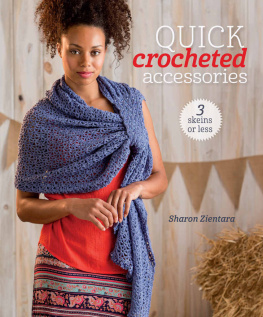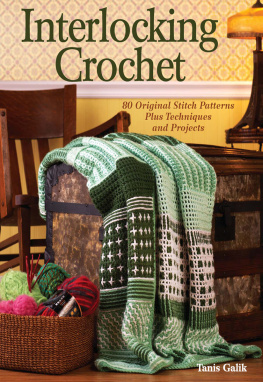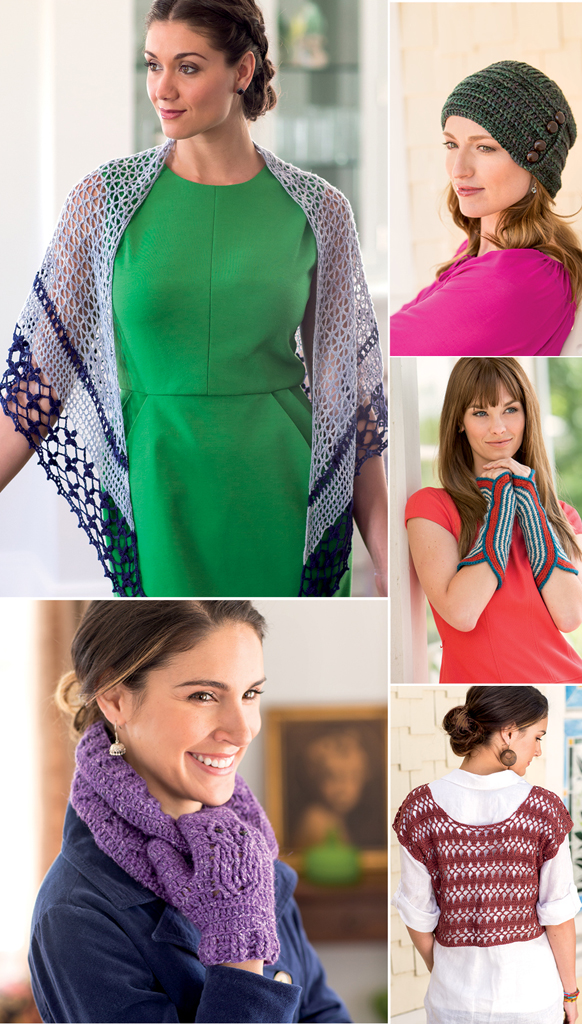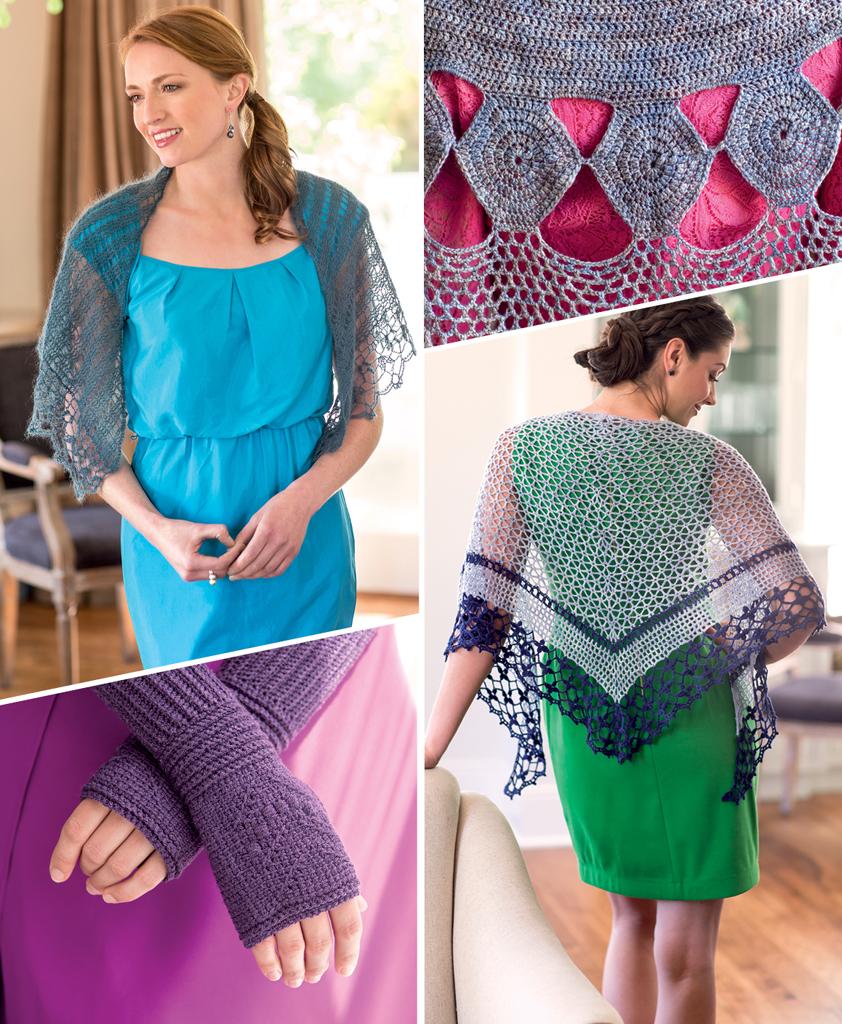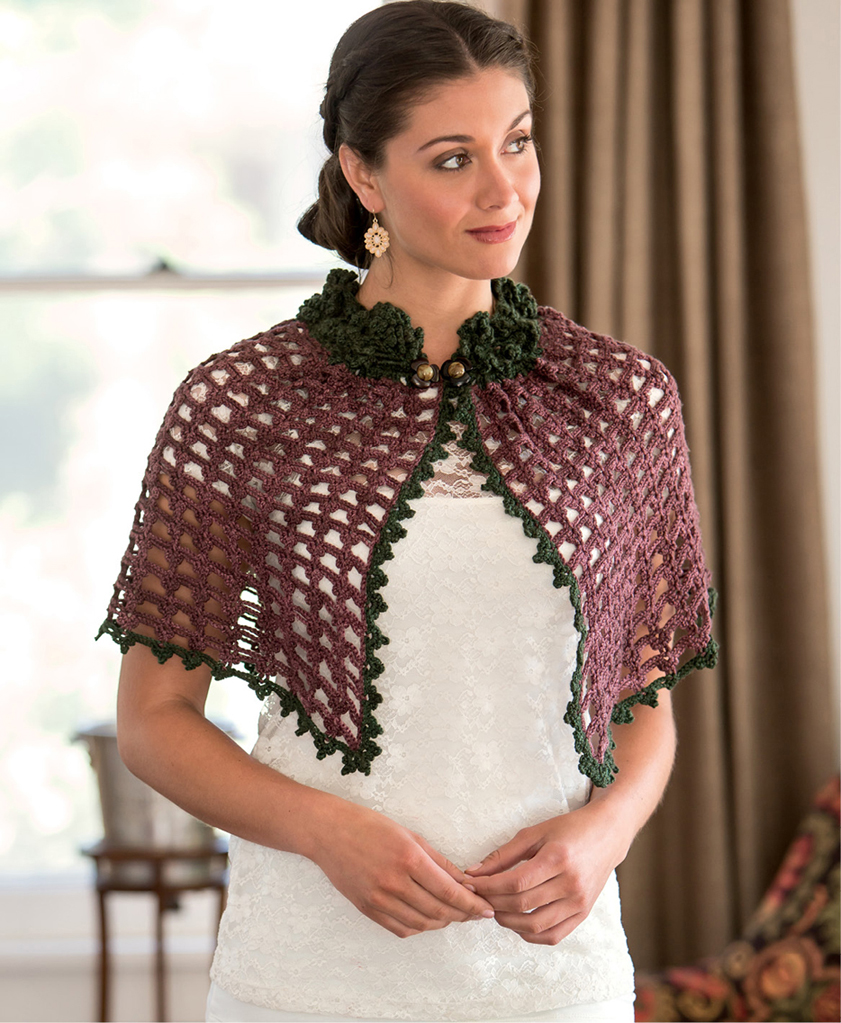It Girl Crochet
23 Must-Have Accessories
Sharon Zientara

CONTENTS
Kathy Merrick
Cristina Mershon
Aoibhe Ni
Jill Wright
Sarah Read
Annette Petavy
Natasha Robarge
Robyn Chachula
Brenda K. B. Anderson
Robyn Chachula
Shelby Allaho
Linda Skuja
Sharon Zientara
Yoko Hatta
Beth Nielsen
Mimi Alelis
Yoko Hatta
Yoko Hatta
Brenda K. B. Anderson
Beth Nielsen
Yumiko Alexander
Anastasia Popova
Introduction
When I first had the idea for this book, I knew I wanted to reference some of my favorite eras in fashion, but at the same time to create a chic, timeless collection of designs. To me, when an element of fashion from the past comes back around again and again, its because it can transcend time and trends. The ornate embellishments of art nouveau, bold graphics like those from Mondrian-style dresses of the 1960s, and the flower child sensibilities of bohemian culture all pass this test. Enter any boutique today and there are modern references to all of these eras.
In the same way that fashion has a past, so does crochet. Just as there are references to former fashion trends, crochet influences, such as delicate thread doilies, granny square vests, and motif-based afghans, can be found in many of todays boutiques and even on runways at fashion week. The crochet techniques on these pages all have a part in crochets history, but I think you will also find that each project will ease you into techniques that you may have been intimidated to attempt in a more complicated design.
I wanted to take the best from the pasts of both crochet and fashion and create something new, beautiful, and exciting. The projects here are handpicked for their ability to be referential, yet timeless in naturean element that is well worth the time and care it takes to make by hand.
The concept of the it girl, a woman who possesses a certain quality that attracts others, was popularized in the 1920s and epitomized by Clara Bow, star of the film It, but like fashion and crochet it transcends time. Each generation redefines it into a fashionable icon of the moment. Throughout this book, well meet a few classic it girls and other sources of inspiration for the designs in the collection. No matter which fashion era your inner it girl belongs to, I hope you will enjoy making and wearing these projects for years to come.
CHAPTER 1
Crochet NOUVEAU
Fashion frequently hearkens back to the feminine decadence of the art nouveau period of art and design, and for good reason. The colors are rich, the fabrics are lush, and the patterns are bold and intricate. The designs in this section represent the perfect marriage between these sensibilities and modern crochet techniques.
Chrysanthemum Capelet
Designer Kathy Merrick saw a chrysanthemum motif in an old crochet book and thought it had great shaping possibilities. She originally intended to create a rectangular wrap, but the design evolved into a shaped capelet. Its a good project to learn a bit about three-dimensional motifs, as the mum is fairly easy to make and could be made much bigger if you like.
Designed by Kathy Merrick
Finished Size
About 20" wide at neck (56" at hem) 18" long (51 [142] 45.5 cm).
Yarn
DK weight (#3 Light).
Shown here: Madelinetosh Pashmina (75% merino, 15% silk, 10% cashmere; 360 yd [329 m]/312 oz [100 g]): dried rose (MC), 2 skeins; moorland (CC), 1 skein.
Hook
Size F/5 (3.75 mm). Adjust hook size if necessary to obtain correct gauge.
Notions
Yarn needle; two 114" (3.2 cm) buttons.
Gauge
3 pattern reps and 10 rows = 4" (10 cm) in Pattern 1, blocked. Motif = 4" (10 cm) in diameter.
Notes
- Capelet is worked from motifs at neck down toward elbows.
- Download a printable version of all stitch diagrams here.
Stitch Guide
Motif
With CC, ch 4; join with sl st to form ring.
Rnd 1 (RS): Ch 1, (sc, ch 3) 6 times in ring, sl st in first sc.
Rnd 2: Ch 1, (sc, ch 1, dc, ch 3, dc, ch 3, dc, ch 1, sc) in each ch-3 sp around, join with sl st in first sc.
Rnd 3: Ch 1, sc in side of first ch, ch 4, [sc between next 2 sc of Rnd 2, ch 4] 5 times, join with sl st in first sc.
Rnd 4: Ch 1, (sc, ch 1, [dc, ch 3] 4 times, dc, ch 1, sc) in each ch-4 sp around, join with sl st to first sc.
Rnd 5: Ch 1, sc in side of first ch, ch 5, [sc between next 2 sc of Rnd 4, ch 5] 5 times, join with sl st in first sc.
Rnd 6: Ch 1, (sc, ch 1, [dc, ch 3] 6 times, dc, ch 1, sc) in each ch-5 sp around, join with sl st in first sc.
Rnd 7: Ch 1, sc in side of first ch, ch 6, [sc between next 2 sc of Rnd 6, ch 6] 5 times, join with sl st in first sc.
Rnd 8: Ch 1, (sc, ch 1, [dc, ch 3] 8 times, dc, ch 1, sc) in each ch-6 sp around, join with sl st in first sc. Fasten off.
Pattern 1 (worked on a multiple of 6 sts)
Set-up row: Ch 1, sc in first sc, *ch 4, sk next 4 sc, (sc, ch 3, sc) in next sc, ch 5, (sc, ch 3, sc) in next sc; rep from * across to last 5 sc, ch 4, sk next 4 sc, sc in last sc.
Row 1: Ch 9 (counts as tr, ch 5), sk next 2 sps, *(sc, ch 3, sc) in next ch-5 sp, ch 5, sk next 3 sps; rep from * across to last ch-5 sp, ch 5, sk next 2 sps, tr in last sc.
Row 2:

